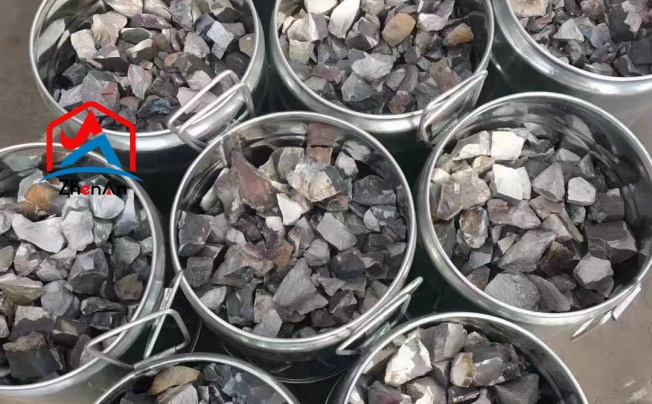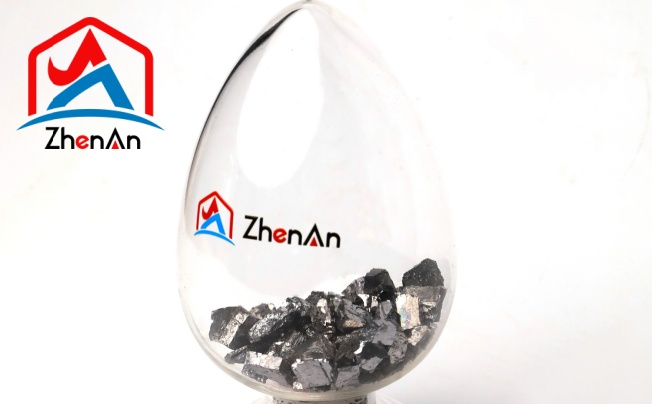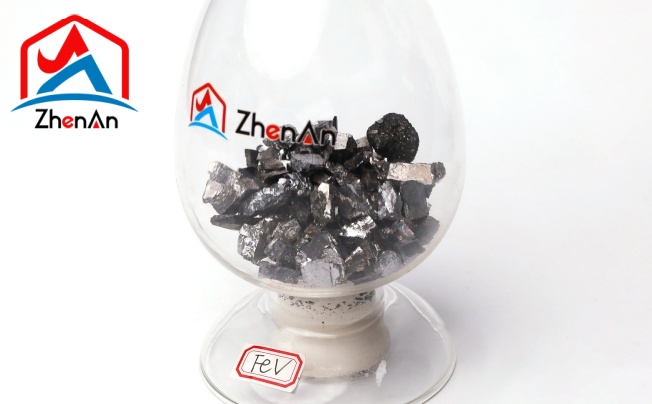Ferro Silicon 72 is created by professionally heating and melting quartzite and coke in an electric furnace. Ferro silicon 72 has a metallic sheen and a silvery grey appearance. Depending on the needs, it can be processed into powder, granules, natural blocks, and standard blocks. Ferro silicon 72 is frequently used in the deoxidation process of steel manufacture because of its high silicon content. Some examples of this steel include low alloy structural steel, spring steel, bearing steel, heat resistant steel, and electrical silicon steel.
Prospects Of Ferrosilicon 72 In Ferroalloy Industry
One of the key raw materials used in the steel industry is ferroalloy. The quality of steel and its products directly affects the quantity, quality, and diversity of ferroalloy produced. The growth of the steel industry has influenced the ferroalloy sector in my nation. The ferrosilicon alloy business in my country has developed at a faster rate than the steel sector since the implementation of the “Seventh Five-Year Plan”. Ferroalloy manufacturing has been plentiful and large-scale in addition to domestic consumption and exports; each year has seen a decline in the backlog of inventory and export volume. , the price is excessive, issues include substances that don’t live up to quality standards, chaotic rivalry amongst businesses, and quality that doesn’t satisfy international standards.
Approximately 2 million tonnes of steel scraps are utilised annually in my nation to make 72 ferrosilicon alloy, based on the production and present state of ferroalloys. As of right now, my nation produces roughly 1.8 million tonnes of steel scraps annually, with a 200,000-ton yearly shortage. The steel production business in my nation discards approximately 3 million tonnes of iron oxide scale annually. The majority of iron oxide scale is buried as waste or filled in trenches, with the exception of a tiny fraction that is processed into ceramic materials, covering agents, oxidants, and other goods. Approximately seventy-two ferrosilicon businesses have conducted research and applied uses of iron oxide scale as the primary metal raw material for 72 ferrosilicon smelting in a sequential manner. There are further publications on the technology for producing 72 ferrosilicon utilising iron oxide scale. Nevertheless, the generated 72 ferrosilicon’s quality is unstable, and its surface is severely oxidised, powdered, and powdered off, lowering its quality and making it unable to satisfy export product criteria as well as national norms. It is necessary to enhance 72 ferrosilicon’s chances.
Production Method Of Ferrosilicon 72
The following are the quality requirements for the raw materials used in the smelting of 72 ferrosilicon:
Particle size ranges for silica (SiO2≥98%, AL2O3≤0.5%, Fe2O3≤0.5%, CaO≤0.3%), blue carbon (ash content ≤10%, volatile content ≤7%, fixed carbon ≥80%, moisture content ≤8%), and iron oxide (FeO): FeO≥65%, Fe2O3≥37%, S≤0.23%, P≤0.04%, C≤0.5%, Fe≥72%.
The silicon manufacturing process To create 72 ferrosilicon under standard smelting conditions, three raw ingredients are needed: silica, iron oxide, and blue carbon or coke. It converts FeO into Fe element and enters the bottom of the molten pool in the furnace directly using the organic combination of iron oxide scale and the gas that escapes from the furnace mouth, which contains 90% CO. Vibrant reduction process of SiC is triggered under the thermal conditions of 7600°C arc light superheating. This creates favourable conditions for the deep insertion of electrodes and the expansion of the crucible by increasing the gas permeability of the charge, removing SiC, SiO2, and insoluble substances from the bottom of the molten pool, and expanding the gasification reaction space of crucible smelting.
The Difference Between Ferrosilicon 72 And 75
1. Composition: Ferrosilicon 72 and 75 generally have silicon contents of roughly 72% and 75%, respectively. Iron makes up the remainder of the makeup, along with trace amounts of calcium and aluminium.
2. Deoxidizing Properties: In the steel industry, ferrosilicon 72 and 75 are both utilised as deoxidizers. They contribute to the quality improvement and impurity reduction of molten steel by removing oxygen from it. These alloys’ high silicon concentration speeds up the deoxidation process.
3. Alloying Agent: In the manufacture of steel, ferrosilicon 72 and 75 are also utilised as alloying agents. Steel can have its strength, hardness, and flexibility increased by adding these alloys. The steel’s qualities are enhanced by the silicon in the alloys, making it appropriate for a range of uses.
4. Production of Ductile Iron: The production of ductile iron involves the use of ferrosilicon alloys, such as ferrosilicon 72 and ferrosilicon 75. They facilitate the growth of graphite nodules, which give ductile iron its flexibility and better mechanical qualities, and aid in regulating the initial silicon level.
5. Production of Hydrogen: Ferrosilicon alloys, such as Ferrosilicon 75, have been employed in the process of producing hydrogen. It is noted, meanwhile, that Ferrosilicon 75’s gravimetric hydrogen storage density is less than anticipated because the silicon is primarily found as iron silicides and cannot be used to produce hydrogen.







